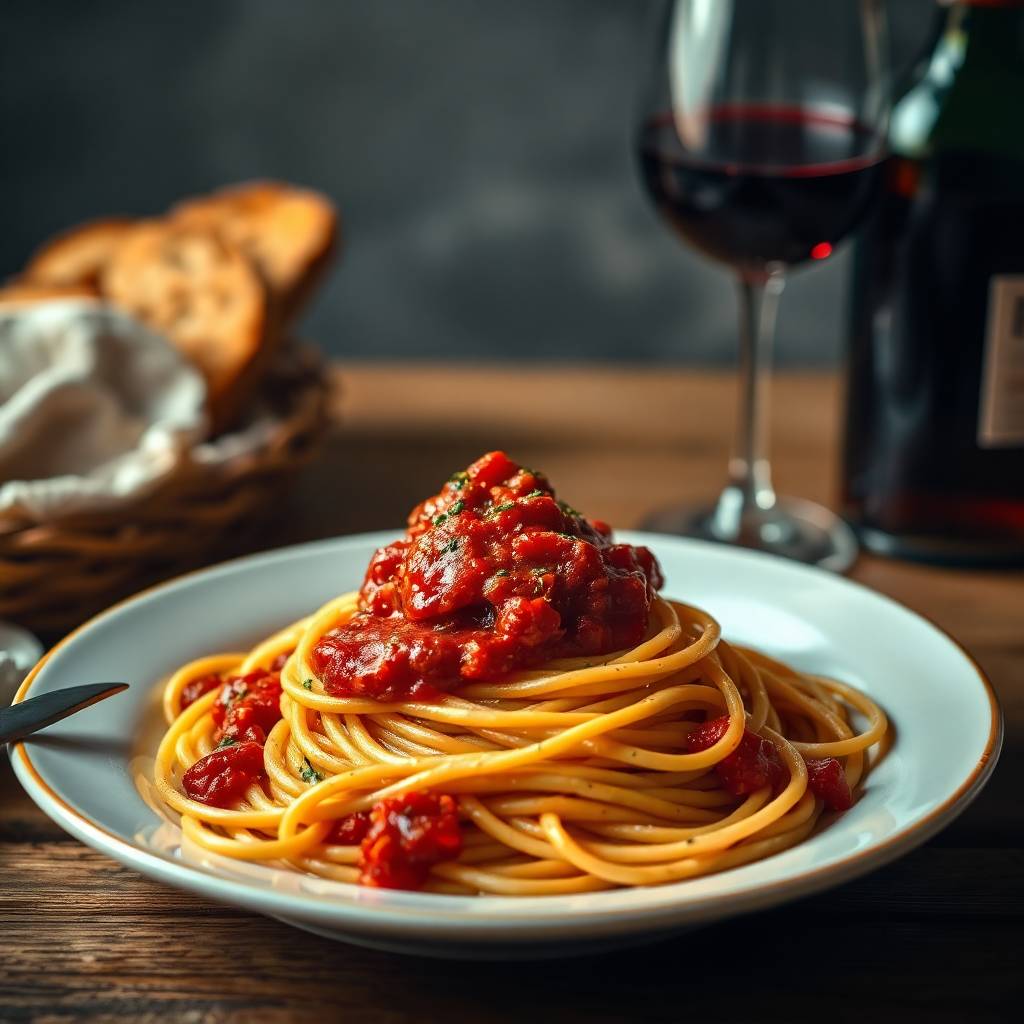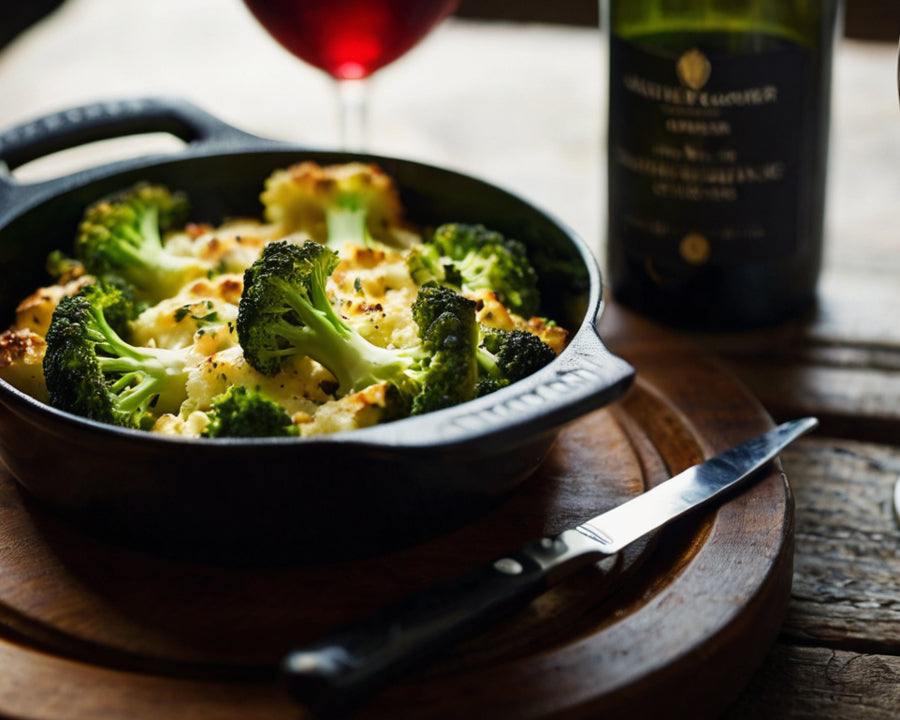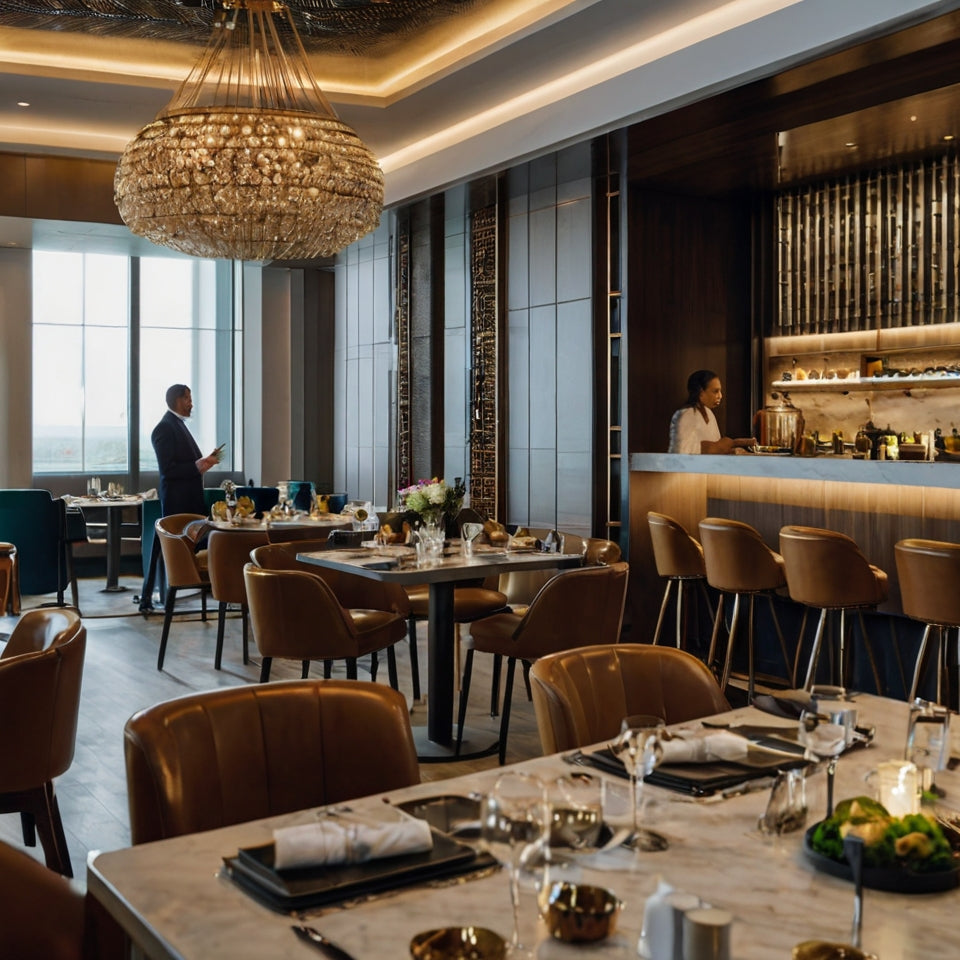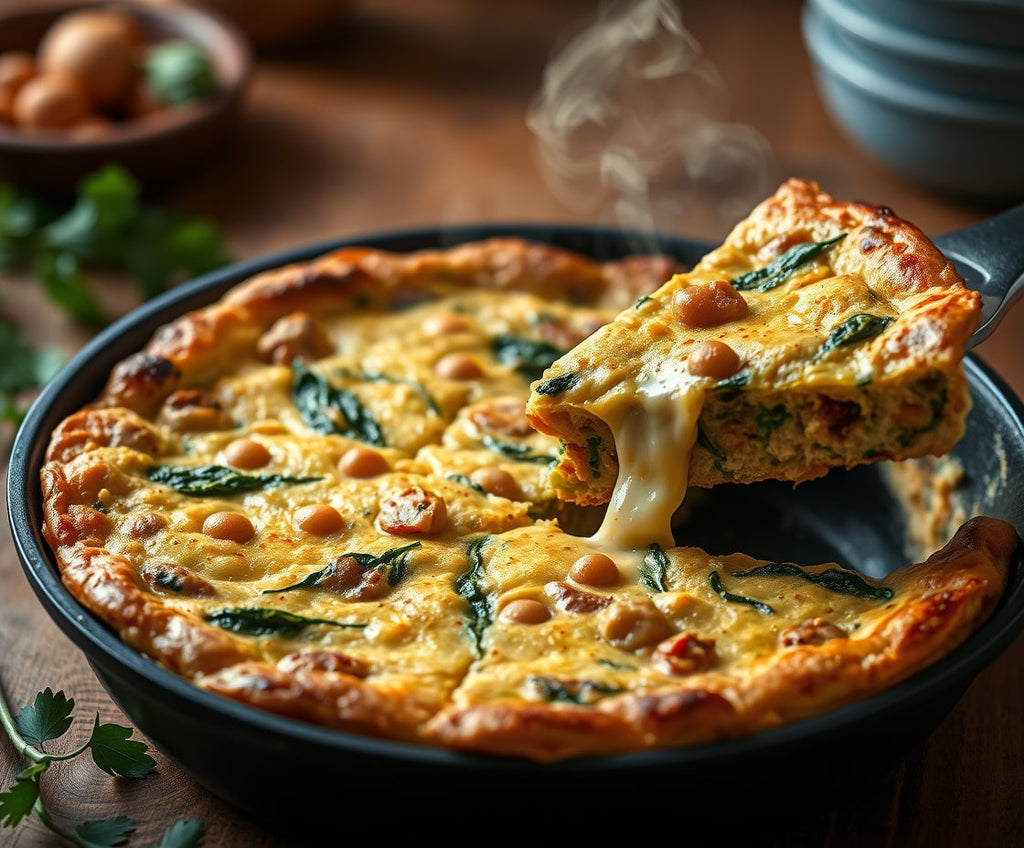A Cut Above: The Enduring Appeal of Rump Steak in Hospitality
- Sep 01, 2024
- 0 Comments
Rump steak, a prized cut from the hindquarters of a cow, has long been a staple on menus in restaurants and hotels across the globe. Known for its rich flavour, tenderness, and versatility, it is a dish that has won the hearts of many patrons, from casual diners to discerning food critics. The success of rump steak on any menu, however, is not just about the quality of the meat but also about the sauces that accompany it, the cooking styles that bring out its best, and the careful consideration of seasonality and customer experience.
The Origins of Rump Steak
The rump steak is cut from the rear part of the cow, just behind the sirloin. This area of the cow is well-exercised, which gives the meat its characteristic flavour and a firmer texture than other cuts like the fillet or ribeye. Historically, this cut was not as highly prized as others, mainly due to its perceived toughness. However, with advances in butchery and cooking techniques, the rump steak has become a celebrated choice for those who appreciate a more robust beef flavour.
In culinary history, rump steak became popular in the United Kingdom and other parts of Europe before spreading globally. As global cuisines merged and evolved, rump steak found its place in diverse culinary traditions, from the hearty steak-and-potato dishes of the West to the stir-fried beef dishes of Asia. Today, it is a beloved choice in many fine dining establishments, steakhouses, and hotel restaurants.

Cooking Styles for Rump Steak
The preparation of rump steak can vary widely depending on the desired flavour profile and texture. The key to cooking a perfect rump steak lies in understanding the nature of the meat and selecting the right method to bring out its best qualities.
-
Grilling: Grilling is perhaps the most popular method of cooking rump steak. The high heat of the grill sears the outside of the steak, creating a flavourful crust while keeping the inside juicy and tender. Grilling is often preferred for its simplicity and the smoky flavour it imparts to the meat. To ensure even cooking, it's important to let the steak reach room temperature before grilling and to cook it on a preheated grill.
-
Pan-Seared: Pan-searing is another excellent method for cooking rump steak. This technique involves searing the steak in a hot, heavy skillet, often with butter, garlic, and herbs to add flavour. Pan-searing is ideal for achieving a rich, caramelised exterior. Finishing the steak in the oven after searing can help achieve the perfect level of doneness.
-
Sous Vide: For those looking to achieve precise control over the steak's doneness, sous vide is an increasingly popular method. This involves vacuum-sealing the steak and cooking it in a water bath at a controlled temperature before finishing it with a quick sear in a hot pan. Sous vide ensures that the steak is cooked evenly throughout and retains its juices.
-
Charcoal or Wood-Fired Cooking: Some restaurants and hotels offer a more rustic preparation by cooking rump steak over charcoal or wood fires. This method adds a unique, smoky flavour to the meat, which many patrons find irresistible. The controlled, open flame cooking also adds a visually appealing char that enhances the steak's texture.

Sauces That Elevate Rump Steak
The right sauce can transform a good rump steak into an unforgettable dining experience. There are several classic sauces that pair exceptionally well with this cut of meat, each bringing its own unique flavour profile to the table.
-
Béarnaise Sauce: A classic French sauce, béarnaise is made from clarified butter, egg yolks, and herbs like tarragon and chervil. The rich, buttery flavour of béarnaise complements the robust flavour of rump steak, adding a touch of elegance to the dish.
-
Peppercorn Sauce: Made with crushed black peppercorns, cream, and brandy or cognac, peppercorn sauce adds a spicy kick to rump steak. The creaminess of the sauce balances the pepper's heat, making it a favourite among steak lovers who enjoy a bit of spice.
-
Red Wine Reduction: A red wine reduction sauce is made by simmering red wine with beef stock, shallots, and herbs until it thickens into a rich, flavourful glaze. This sauce enhances the natural flavours of the rump steak and adds a touch of acidity that cuts through the meat's richness.
-
Chimichurri: Originating from Argentina, chimichurri is a vibrant, herbaceous sauce made from parsley, garlic, vinegar, and olive oil. Its fresh, zesty flavours make it an ideal accompaniment for grilled rump steak, offering a lighter, more refreshing contrast to the meat.
-
Mushroom Sauce: Mushroom sauce is a hearty option that pairs well with the deep flavour of rump steak. Made with a mix of sautéed mushrooms, cream, garlic, and sometimes a splash of white wine, this sauce adds an earthy richness to the dish.

Adapting the Menu for Seasonal Reviews
Seasonality plays a crucial role in menu planning, especially for restaurants and hotels that aim to offer the freshest ingredients and the best dining experience possible. Adapting your rump steak dishes to reflect the seasons can make a significant difference in customer satisfaction and the overall appeal of your menu.
Spring and Summer: During the warmer months, lighter, more refreshing accompaniments are preferred. Rump steak served with a chimichurri sauce or paired with seasonal vegetables like asparagus, cherry tomatoes, or fresh greens can create a balanced and satisfying meal. Grilled or wood-fired preparations are particularly popular during these seasons, as they evoke the essence of outdoor dining.
Autumn and Winter: In the cooler months, heartier, more comforting dishes take centre stage. Rump steak served with a rich red wine reduction or a mushroom sauce, alongside root vegetables like potatoes, carrots, or parsnips, can provide the warmth and sustenance that patrons seek during this time of year. Slow-cooked preparations, such as sous vide, can also be appealing in the winter, offering a melt-in-your-mouth texture that is deeply satisfying.

Creating a Sensual Customer Experience
The dining experience is not just about the food; it's about engaging all the senses to create a memorable occasion. From the moment patrons walk into your restaurant or hotel dining room, every detail should contribute to their overall enjoyment.
Ambience: The ambience of your establishment sets the tone for the meal. Soft lighting, comfortable seating, and a well-curated playlist can create an inviting atmosphere that encourages patrons to relax and savour their meal. The visual presentation of the rump steak, with its beautifully seared crust and artfully arranged accompaniments, should also be considered a part of this sensory experience.
Service: Exceptional service is key to enhancing the customer experience. Knowledgeable staff who can offer recommendations on sauces, cooking styles, and wine pairings can make patrons feel valued and well-cared-for. Personalising the dining experience by remembering repeat customers' preferences or offering seasonal specials can also contribute to customer loyalty.
Aromas and Flavours: The aroma of a well-cooked rump steak wafting through the dining room can tantalise the senses and build anticipation. When the steak is finally served, the combination of its rich flavour, the complementary sauce, and the texture of the meat should create a harmonious balance that leaves a lasting impression.
Equipment Used to Cook Rump Steak
To achieve the perfect rump steak, the right equipment is essential. A heavy-duty grill or griddle is a must for achieving the ideal sear. Cast iron skillets are preferred for pan-searing due to their ability to maintain high, even heat. For those using sous vide, an immersion circulator and vacuum sealer are necessary tools. In a professional kitchen, a high-quality meat thermometer is indispensable for ensuring the steak reaches the desired level of doneness without overcooking.
Conclusion
Rump steak, with its deep, rich flavour and satisfying texture, remains a favourite on menus in restaurants and hotels around the world. By mastering various cooking styles, selecting the perfect sauces, and thoughtfully adapting the dish for seasonal reviews, chefs can create a rump steak experience that resonates with diners. Beyond the food, crafting a sensual customer experience through ambience, service, and presentation is key to elevating the meal from simply a dinner to a memorable dining experience. In the end, the success of a rump steak dish is a testament to the chef's skill, the quality of the ingredients, and the care taken to ensure every detail is perfect.











